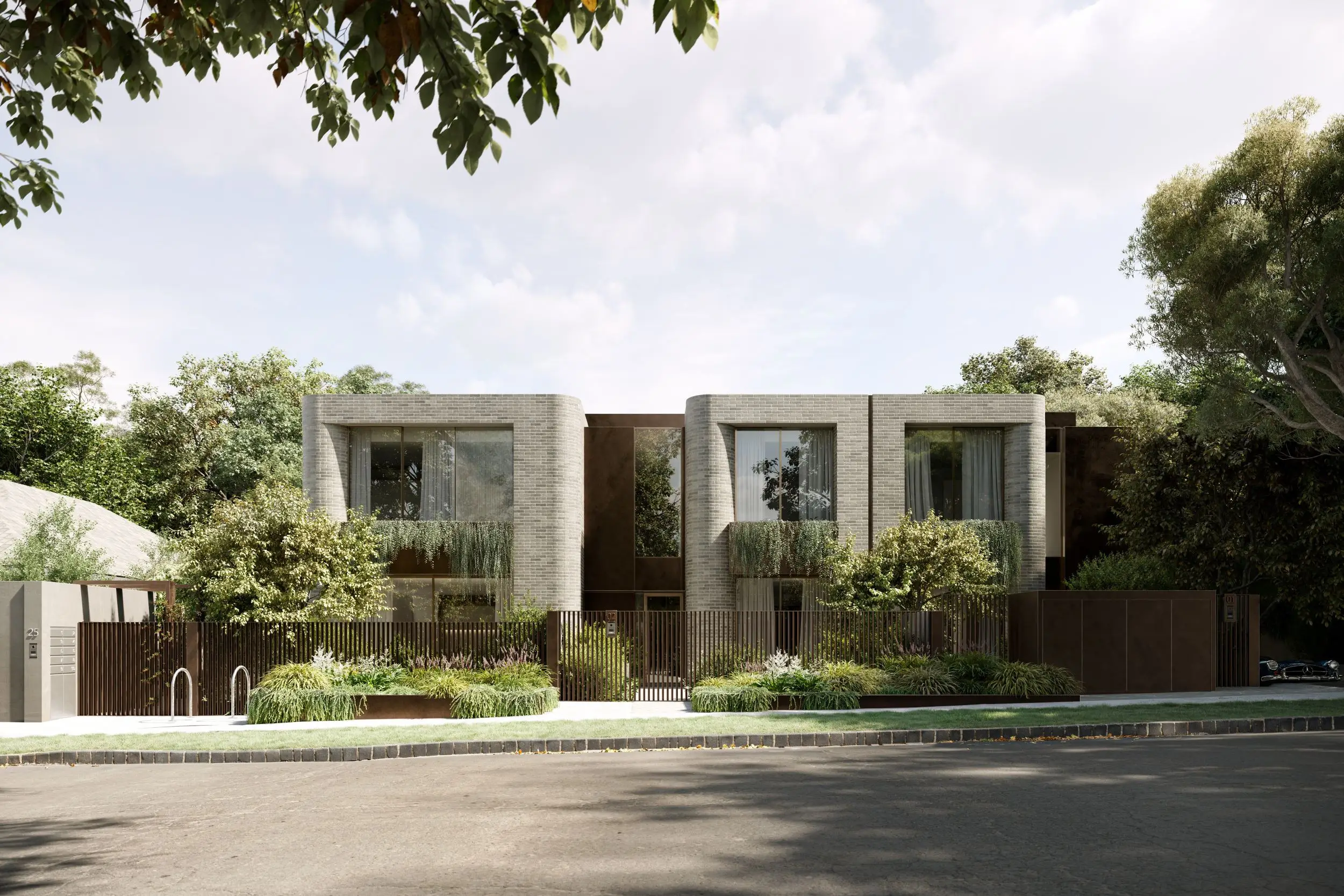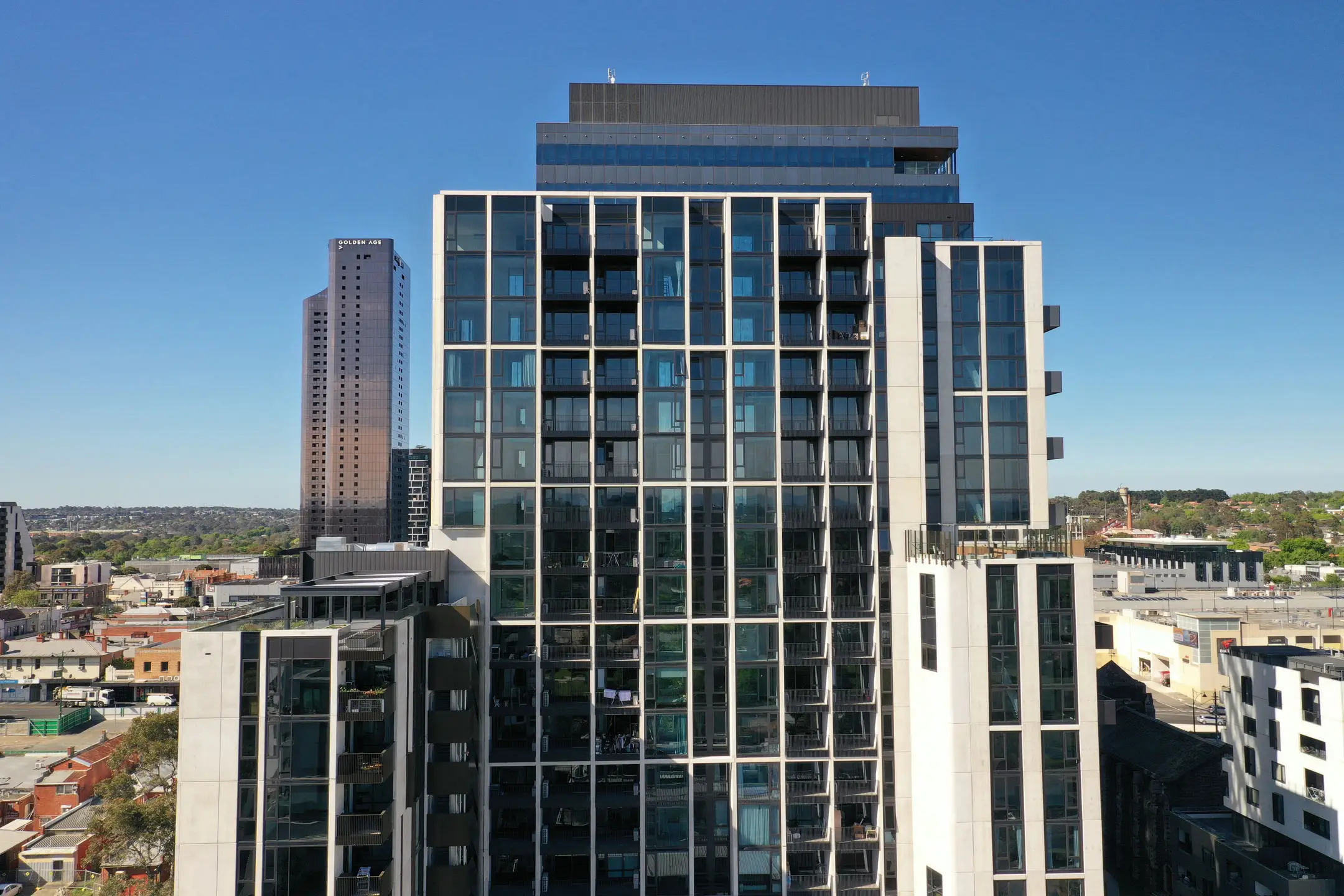
With an emphasis on apartment living in Australia increasing, the Victorian Government has published a discussion paper outlining possible additions in its apartment design guide.
The Better Apartments in Neighbourhoods discussion paper proposes additions to the Better Apartments Design Standards of 2016, focussing on the way new apartment blocks improve or affect the existing streetscape and neighbourhood in which they’re built.
These proposed changes are organised into five sections: green space, high-quality building facades, wind impacts, attractive and engaging streets, and better management over the impact of construction on a building’s neighbours.
"As more and more people choose apartment living, we need to ensure these buildings are high-quality and ready for twenty-first-century challenges such as climate change and our growing population growth," Acting Minister for Planning Lily D'Ambrosio said.

"Melbourne leads the world in liveability and that should be reflected in our apartments – by increasing green space and wind protection and creating safer, more attractive neighbourhoods.”
The highlight proposal for more eco-friendly design lies in a new requirement for new developments to include communal landscaped space, as well as a new priority on canopy trees over other planting.
“Despite the current planning rules, landscaping is often an afterthought in the building design and planning process. Canopy trees, that improve people’s wellbeing and provide urban cooling, are often either too small or not provided at all,” D'Ambrosio added.
"Our buildings and public spaces are a defining feature of our city – it's vital that we get the planning right now to make sure it stays that way.”
The paper also outlines a number of possible changes regarding the design of the exterior of new buildings, noting that “some apartment developments do not age well,” and that “there are few planning provisions outside central Melbourne to ensure high-quality design of building facades.”
It proposes that all apartment developments have a high-quality external building design through the use of form and fittings and a requirement on external materials used on the building to have visual interest and be durable for the life of the building.
The Victorian Government has also recently pledged to transform some of the older public housing across the city into vibrant, eco-efficient, well-connected neighbourhoods. The new homes will look to be more energy-efficient and better suited to the ongoing needs of Victorians.

This continues the trend for more sustainable housing to be built in Australia. New South Wales Government Architects already have design embedded into public policy, while Brisbane is to see Australia’s first subtropical-designed building at 443 Queen Street.
Meanwhile, The Better Apartments in Neighbourhoods discussion paper does not come into effect straight away, with a consultation period ongoing until 27 September.
Click here for more market insights.
(Hero image: Melbourne Square)


